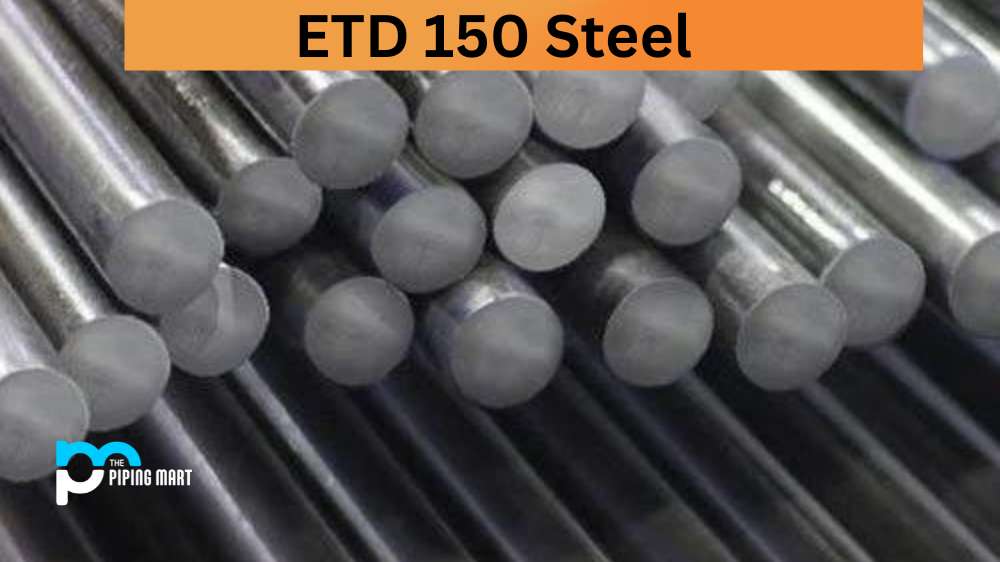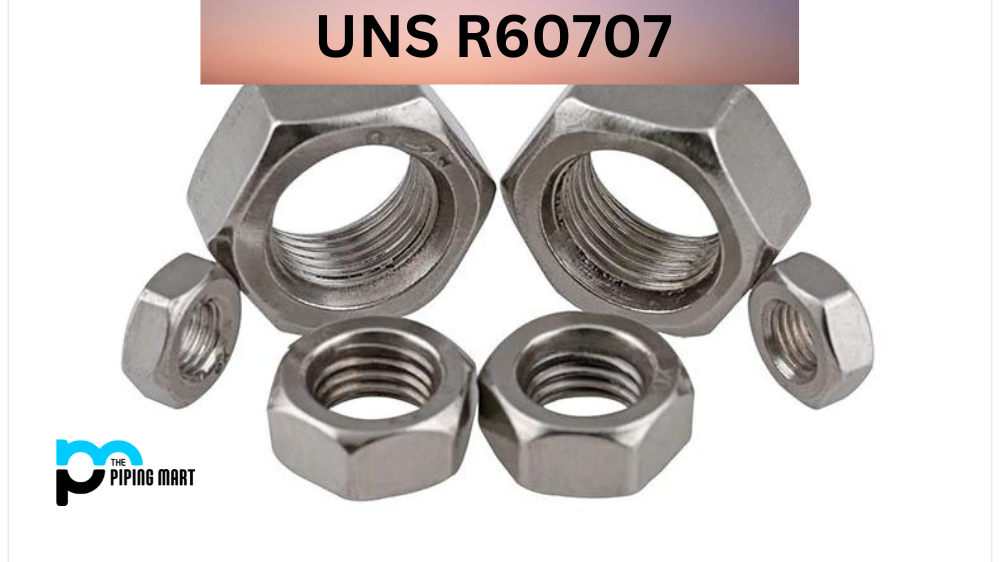Stainless steel is popular in many industries because of its strength, durability, and corrosion resistance. One particular type worth knowing about is the 630 stainless steel. It is primarily used in the aerospace, chemical processing, and automotive industries. But what is this type of stainless steel, and what makes it stand out among other grades? This blog post will explore the composition, mechanical and physical properties, uses, corrosion resistance, heat treatments, and machining and welding considerations of 630 stainless steel.
What is 630 Stainless Steel?
630 stainless steel, also known as 17-4 PH or 17-4 Precipitation Hardening steel, is a martensitic stainless steel containing approximately 15–17% chromium and 3–5% nickel. Due to its precipitation-hardening characteristics, it has excellent corrosion resistance and superior strength at high hardening depths. It can be used in applications requiring good mechanical properties at elevated temperatures up to 600°F (316°C).
630 Stainless Steel Composition
630 stainless steel, also known as 17-4PH or 630 Martensitic Stainless Steel, boasts of chromium, nickel, and copper constitutions, with little molybdenum and niobium. The unique composition of this stainless steel gives it excellent strength and toughness, which makes it highly desirable in the industries mentioned earlier. Specifically, the copper and nickel in the steel give it superior toughness, while the chromium content provides excellent corrosion resistance properties.
|
Grade |
C |
Mn |
Si |
P |
S |
Cr |
Ni |
Cu |
Nb+Ta |
|
|
630 |
min. max |
– 0.07 |
– 1 |
– 1 |
– 0.04 |
– 0.030 |
15 17.5 |
3 5 |
3 5 |
0.15 0.45 |
630 Stainless Steel Physical Properties
|
Grade |
Density |
Elastic Modulus |
Mean Co-eff of Thermal Expansion (µm/m/°C) |
Thermal Conductivity |
Specific Heat 0-100°C |
Elec Resistivity |
|||
|
0-100°C |
0-315°C |
0-538°C |
At 100°C |
At 500°C |
|||||
|
630 |
7750 |
197 |
10.8 |
11.6 |
– |
18.4 |
22.7 |
460 |
800 |
630 Stainless Steel Mechanical Properties
Mechanically, 630 stainless steel exhibits several characteristics that make it stand out among other stainless steel grades. This steel is highly resistant to stress corrosion and crevice corrosion. The alloy’s presence of copper and nickel makes it highly resistant to general corrosion. As for its physical properties, 630 stainless steel has a density of 7.75g/cm3, a melting point of 1370 – 1420℃, and a specific heat capacity of 480 J/kgK.
|
Condition |
Tensile Strength (MPa) |
Yield Strength 0.2% Proof (MPa) |
Elongation (% in 50mm) |
Hardness |
|
|
Rockwell C (HR C) |
Brinell (HB) |
||||
|
Solution Treated |
1105 typ |
1000 typ |
15 typ |
38 max |
363 max |
|
Condition 900 |
1310 min |
1170 min |
10 min |
40 min |
388 min |
|
Condition 1150 |
930 min |
724 min |
16 min |
28 min |
277 min |
630 Stainless Steel Specifications
|
Grade |
UNS No |
Old British |
Euronorm |
Swedish SS |
Japanese JIS |
||
|
BS |
En |
No |
Name |
||||
|
630 |
S17400 |
– |
– |
1.4542 |
X5CrNiCuNb16-4 |
– |
SUS 630 |
630 Stainless Steel Uses
Its high strength and superior mechanical and physical properties make it ideal for applications that require high strength, toughness, and corrosion resistance alongside high-temperature resistance. It finds its application in aerospace, chemical processing, power generation, and automotive industries. In the automotive industry, 630 stainless steel is commonly used for engine parts, transmission gearboxes, and hydraulic lines.
630 Stainless Steel Corrosion Resistance
Regarding corrosion resistance, 630 stainless steel is highly corrosion-resistant, thanks to its high chromium and copper content. Nevertheless, its corrosion resistance properties are enhanced when heat-treated using the appropriate heat treatment process. Speaking of heat treatments like quenching, tempering, and annealing all have different effects on the properties of 630 stainless steel.
630 Stainless Steel Machining
As for machining and welding considerations, 630 stainless steel can be challenging to machine and weld adequately. This is a result of the steel hardening during the machining process. However, this can be mitigated using special techniques like proper coolant or lubrication, slow speeds, and sharp tools.
630 Stainless Steel Welding
On the other hand, welding 630 stainless steel requires preheating and post-weld heat treatment to prevent cracking and maintain its mechanical and physical properties.
Conclusion:
In conclusion, the properties of 630 stainless steel make it an ideal material for high-strength applications. Its copper, nickel, chromium, and molybdenum content gives it superior mechanical and physical properties and impressive corrosion resistance, toughness, and strength. That said, it is up to manufacturers and industries to utilize 630 stainless steel to its fullest potential, considering heat treatments, machining, and welding considerations. By doing so, they can reap the benefits of this type of stainless steel.

Meet Bhavesh, a seasoned blogger with a wealth of knowledge and experience. From metal products manufacturing to retail, Bhavesh has a diverse background in various industries and is dedicated to sharing his insights and expertise with readers.




